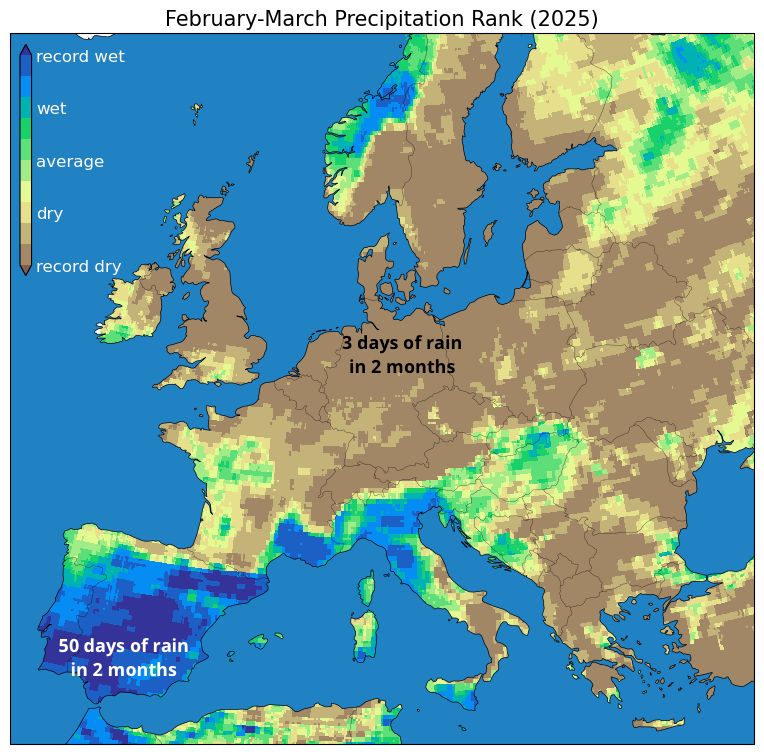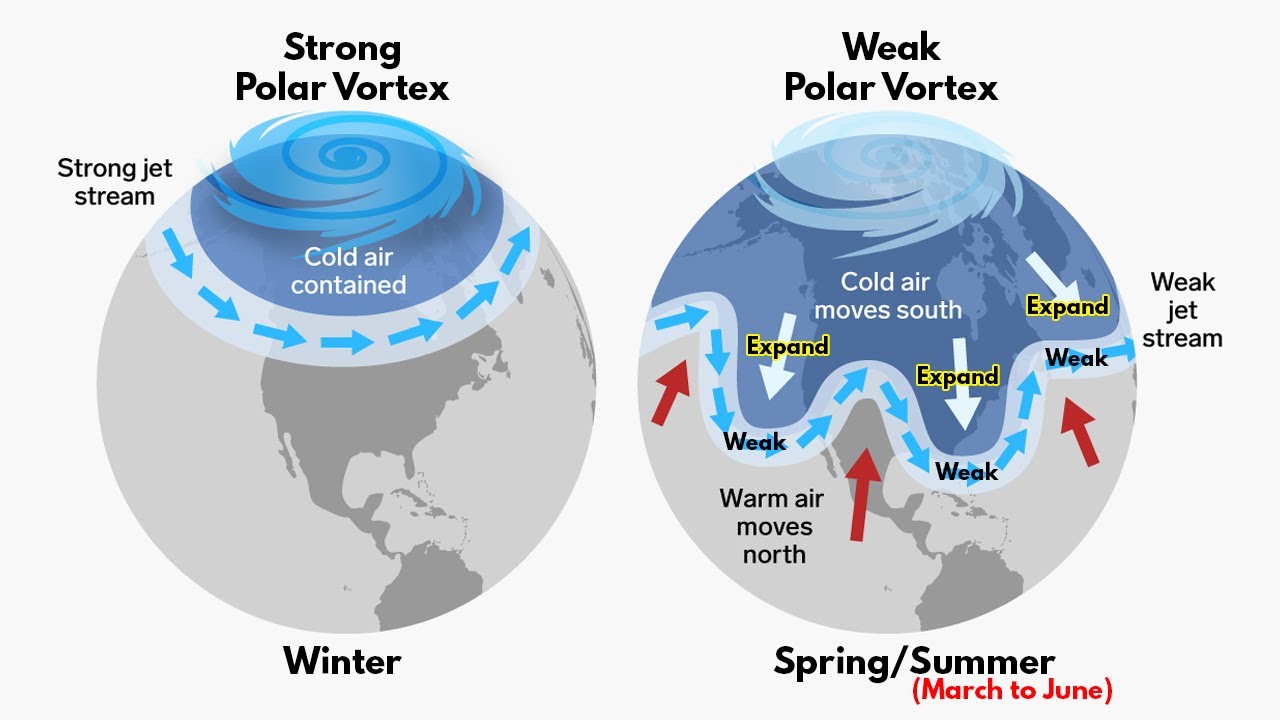TWIL #11: From ABCs to Jet Streams.

Open conversations and the ABC of motivation
This week I wrapped up a short course on positive coaching for junior soccer coaches. And wow, there was a lot of insight packed into a short amount of time.
At the heart of it was a simple, but powerful, framework: the ABCs of motivation
- Autonomy – Kids (and adults!) thrive when they feel a sense of choice and ownership. It’s about letting them try things their way, make decisions, and even make mistakes. It builds trust.
- Binding – This is the glue. Creating a sense of belonging, of being part of something bigger than yourself. When people feel seen and connected, they show up differently.
- Competence – Helping someone feel capable. Not just cheering them on, but giving them the tools, feedback, and support to actually grow in skill and confidence.
These three elements don’t work in isolation; they need to be balanced.
Too much autonomy without support? People can feel lost.
Too much structure without room to breathe? They feel stifled.
A strong team bond without personal growth? You risk going through the motions.
Finding the right balance between giving direction and creating space is a skill in itself and it changes from person to person, moment to moment.
But what made this course stand out wasn’t just the content… it was how it was guided. No slides. No rigid agenda. Just a calm, confident coach who knew when to lead and when to listen.
The conversations were open, honest, sometimes funny… and always real. In that seemingly unstructured space, something clicked:
- We realize how much our experiences overlap
- We see that we're all figuring things out
- And we start to appreciate the different ways we approach the same challenges
And here’s where curiosity comes in.
It was curiosity, not control, that made those conversations meaningful. Curiosity about each other’s stories, about what works and what doesn’t, about how we can grow together.
The big reminder for me?
Sometimes the best learning doesn’t come from a slide deck. It comes from a good question, a shared moment, or simply being willing to listen.
Whether you're leading a team, coaching kids, or chatting by the coffee machine, curiosity creates connection. And that’s where the real learning begins.

Sunshine in March? Lovely… but NOT normal
Like many of us in Northern Europe, I’ve been soaking up the sunshine these past few weeks. After a long, grey winter, it’s felt like the skies finally cracked open and spring skipped a few steps.
I’ve loved it. The light, the warmth, the walks without a jacket. But if I’m honest, something about it has also felt… strange.
So I dug into it. And what I found made me pause.
A recent post by Guido Cioni kicked it off: this kind of weather in March isn’t just unusual. It is highly abnormal. And it’s part of a much bigger pattern.
The main culprit? Persistent anticyclonic conditions. Wait… WHAT!?
Anticyclonic conditions are large, stable zones of high pressure that settle in and stay put. When that happens, the usual flow of Atlantic low-pressure systems, our regular source of clouds and rain, gets blocked. Instead, we get calm, dry air, clear skies, and above-average temperatures.

But what’s especially notable is how long this pattern has lasted… stretching all the way back to early winter. And when you start asking why, you quickly enter the complex web of climate variability and long-term change.
Here are a few key factors at play:
1. A weakened jet stream
The jet stream through Europe, our high-altitude river of fast-moving air that usually guides weather systems across the planet, has been unusually weak and wobbly this season. That creates slow-moving or “stuck” patterns, where high pressure lingers over some areas while others get hammered with rain.
Did you by the way know that planes use the jet streams as super highways through the air to fly faster and with less fuel?

2. Polar vortex disruptions
High above the Arctic, there's a huge swirling mass of cold air called the polar vortex. In winter, this vortex usually stays tightly packed up north, keeping the cold air locked in place. But sometimes, that vortex gets weakened or disrupted (kind of like if someone pokes a spinning top and it starts wobbling). When that happens, the cold air spills out of the Arctic and pushes down into other parts of the world, including Europe.

This shake-up in the upper atmosphere can apparently also create blocking patterns, like a traffic jam in the sky, that lead to high-pressure systems settling over Northern Europe.
These systems stop the usual rain-bringing weather from moving in.
3. Climate change amplifying extremes
While we can’t say climate change caused this specific weather pattern, it’s likely making it more persistent and more intense. Warmer global temperatures affect ocean currents, snow cover, and sea ice. All of which can influence large-scale atmospheric circulation, including the formation and longevity of high-pressure systems.
Why it matters?
What looks like a beautiful spring preview is actually masking a growing concern. The dry spell has created a significant precipitation deficit across parts of Germany, the UK, and Scandinavia. Soil moisture is low, reservoirs are starting the year at a disadvantage, and ecosystems are already stressed.
And as history has shown, most notably in the 2003 European heatwave, dry spring soils can supercharge summer heat.
ChatGPT the visual artist
But let’s not wrap up on a heavy note. On a lighter (and slightly geekier) side: last week, ChatGPT rolled out an update to its visual capabilities, and people have been having fun experimenting with it. I joined in too, and here is the image that made me the happiest (as you can see in the image itself :D).






